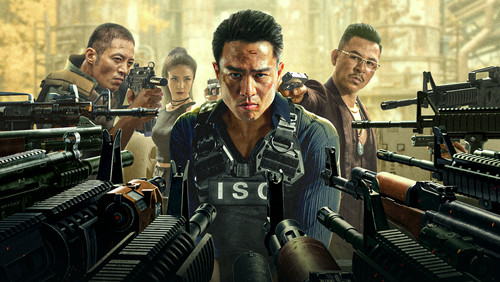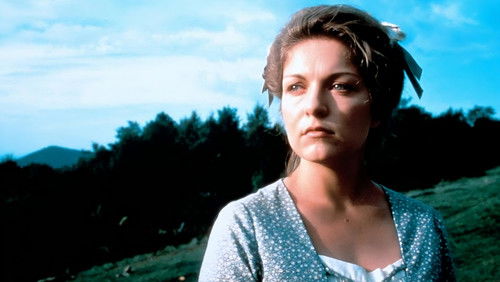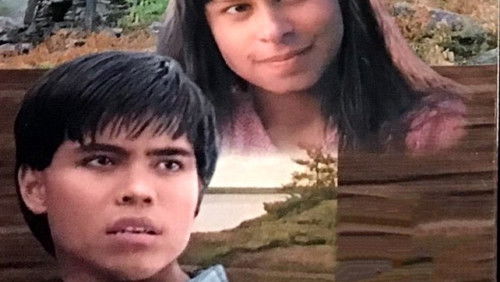Zoku Miyamoto Musashi: Ichijôji no kettô (1955)
58KZoku Miyamoto Musashi: Ichijôji no kettô: Directed by Hiroshi Inagaki. With Toshirô Mifune, Kôji Tsuruta, Mariko Okada, Kaoru Yachigusa. Musashi Miyamoto returns to Kyoto after years of absence. After a series of fights against the Yoshioka School, he challenges its master to a duel.
“This comment about the u0026quot;Samurai Trilogyu0026quot; starts on the page for Miyamoto Musashi (Samurai I). My first viewing of the second episode was memorable because I got to take the train into town all by myself, and view it in a Tokyo theater. The first episode had just been shown on base, in a sort of cultural exchange, and my parents saw it and were pleasantly non-outraged– I was a 9-year-old samurai-movie addict, and they believed enthusiasm beyond a certain intensity should be curbed. It was the same conflict as comic books some few years earlier. Technicolor was a big deal back then, especially in Japan, and it became the issue on which my viewing of u0026quot;swordfighting moviesu0026quot; was decided– the ones in color were historical films worth viewing, and even had something to teach. The black-and-white ones shown in Irumagawa and surrounding villages– I had to sneak off to see. Ichijoji no Ketto (Duel at Ichijoji Temple) shows Miyamoto-sanu0026#39;s achievements, while barring no holds on the issue of what they cost him. The romantic subplot continues, though its development in the western sense (toward union, wedded bliss) is thwarted at every turn. The issue is always a conflict between love and duty, and each deferment of gratification spells out a new step in the redefinition of the national character that is being mapped here. Again, some of the importance of all this is lost, even to modern Japanese audiences for whom the issues are long settled– at the time, though, they were cliffhangers. A new character is introduced, Kojiro Sasaki who will emerge in part 3 as a rival for Musashi– his equal except for certain features in their respective character. By the way, the score is excellent and haunting– it extends like a symphony through all three parts, and has a leitmotif u0026quot;hooku0026quot; that will cause your ears to pick up in recognition, perhaps years from now, when you hear it again.”









